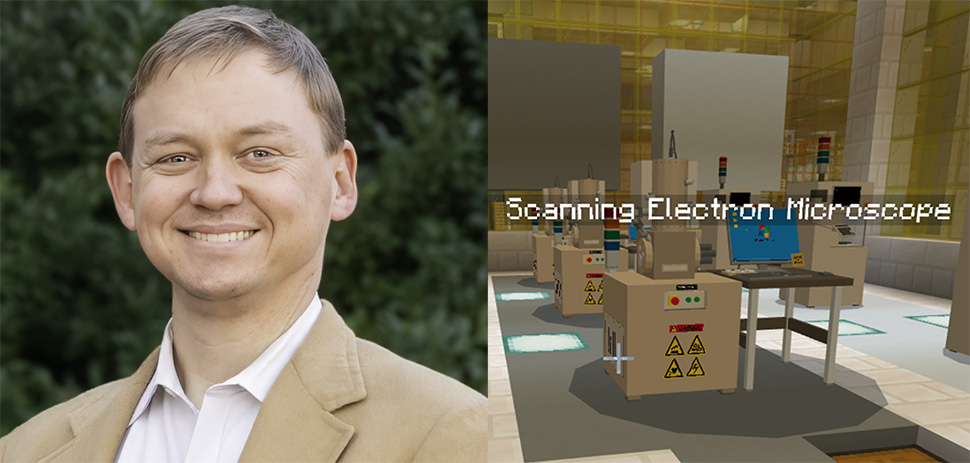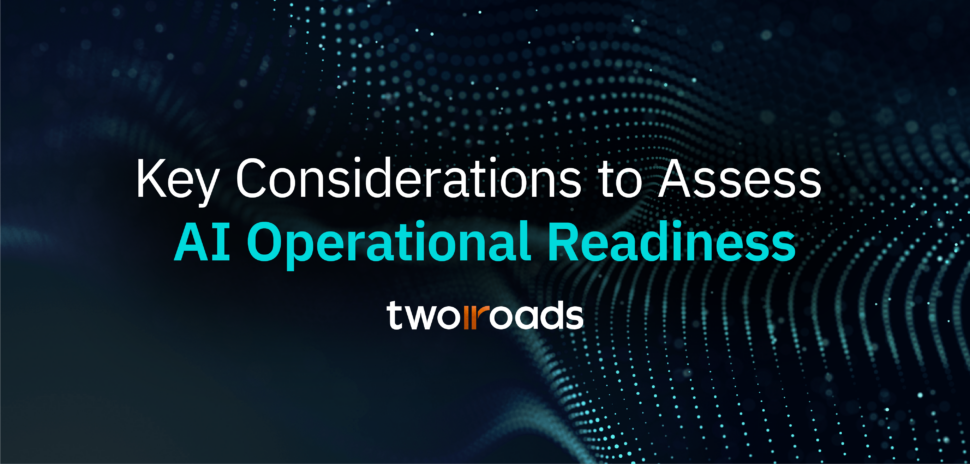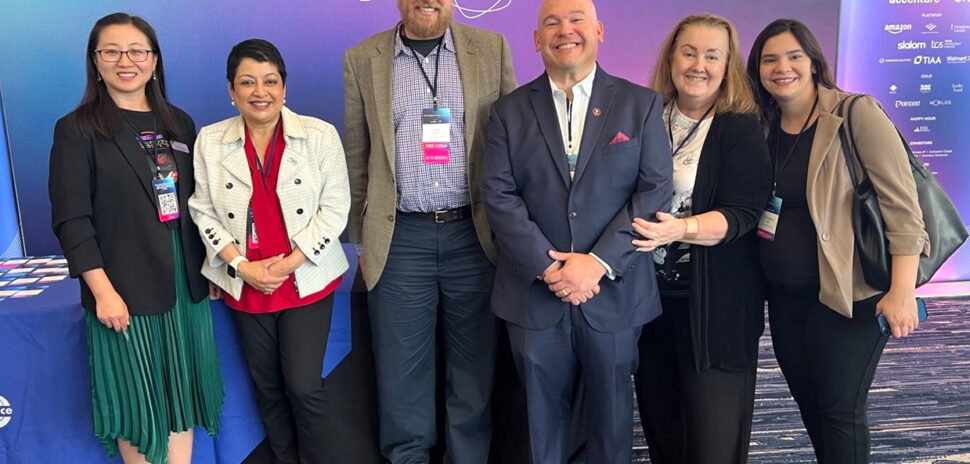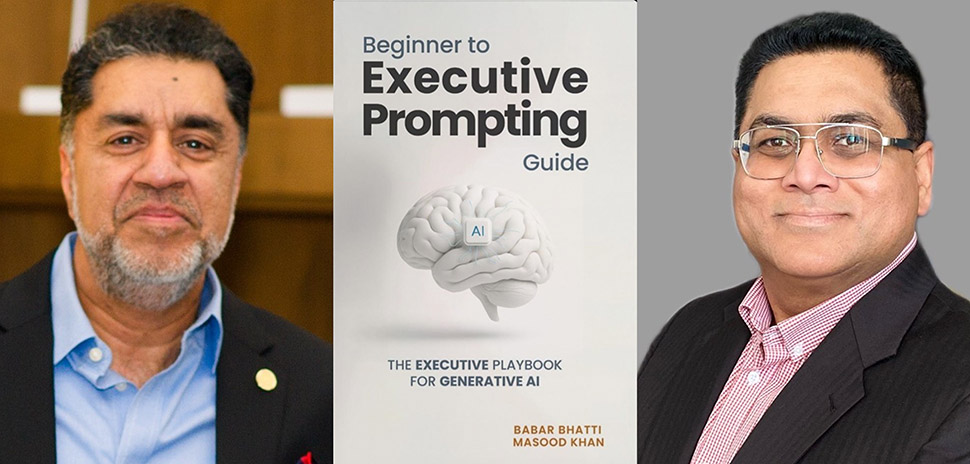
Behnaz Balmaki, assistant professor of research in biology at the University of Texas at Arlington, says pollen is a powerful indicator of ecosystem health and a key to tracking how plant communities respond to environmental change. [Photo: UTA]
During peak pollen season, “achoo” is a familiar refrain for allergy sufferers across North Texas. But a new AI system developed by researchers at The University of Texas at Arlington, the University of Nevada, and Virginia Tech could help allergy alerts—and even city planning—get ahead of the sniffles.
Imagine trying to tell identical twins apart just by looking at their fingerprints. That’s how tricky it can be for scientists to tell the difference between pollen grains from fir, spruce, and pine trees.
Behnaz Balmaki, a biology researcher at UTA, said the findings could help urban planners make better choices about which trees to plant—and where.
Balmaki, who will soon take on a new role as an assistant professor of environmental science at Texas Woman’s University, co-authored the study with Masoud Rostami from UTA’s Division of Data Science and colleagues at the University of Nevada and Virginia Tech. Their work was published in Frontiers in Big Data.
She said more detailed pollen data would be especially useful for schools, hospitals, parks, and neighborhoods. Health services could also tap the data to better time allergy warnings and treatment recommendations when pollen counts spike.
“Pollen is a strong indicator of ecosystem health,” Balmaki said.
How the AI works
UTA said the research team tested nine different deep-learning models on preserved samples from conifers, demonstrating that AI can improve classification speed and accuracy. The samples were preserved by the University of Nevada’s Museum of Natural History.
“This shows that deep learning can successfully support—and even exceed—traditional identification methods in speed and accuracy,” Balmaki said.
However, she noted that human expertise is still critical: good samples and ecological context are essential. “This isn’t just about machines—it’s a collaboration between technology and science,” she added.
Ecosystem intelligence and agricultural potential
Preserved pollen grains in lakebeds and peat bogs offer records of past plant communities, which can reveal how ecosystems have responded to environmental shifts over time.
“Our study shows deep-learning tools can significantly enhance the speed and accuracy of pollen classification,” Balmaki said.
She said that opens the door to large-scale environmental monitoring, detailed reconstructions of ecological change, and better allergen tracking.
“It also holds promise for improving allergen tracking by identifying exactly which species are releasing pollen and when.”
Balmaki added that shifts in pollen composition can signal changes
Balmaki said shifts in pollen composition can signal changes in vegetation, moisture, or even past fire activity. Farmers could use that data to track trends that affect crops and soil conditions.
UTA said the system could also support wildlife and pollinator conservation.
“By identifying which plant species are present or declining in an area, we can better understand how these changes impact the entire food web and take steps to protect critical relationships between plants and pollinators,” Balmaki said.
What’s next
The university said that for future projects, Balmaki and her collaborators plan to expand their research to include a wider range of plant species. The goal is to develop a comprehensive pollen identification system that can be applied across regions in the United States to better understand how plant communities may shift in response to extreme weather events.
Editor’s note: This story was updated on July 7, 2025, at 2:34 p.m. to include Balmaki’s new appointment at Texas Woman’s University.
Don’t miss what’s next. Subscribe to Dallas Innovates.
Track Dallas-Fort Worth’s business and innovation landscape with our curated news in your inbox Tuesday-Thursday.
R E A D N E X T
-

UT Dallas researcher Dr. Walter Voit transformed Minecraft’s 170-million-player universe into an advanced virtual training ground—for students and for AI agents tested by DARPA. His team’s Polycraft World uses gameplay to turn classroom theory into real-world expertise, covering topics from synthetic organic chemistry to nuclear plants to semiconductor facilities. Their new startup company, Pedegree Studios, has licensed the core technologies from the university to create a scalable digital pipeline for education and workforce development.
-

Avoid common pitfalls with practical insights from guiding Fortune 500 companies through AI adoption
-

From Corporate Politics to AI, Lee Brown’s Research Transforms Education and Earns Him a Spot Among DFW’s Top Innovators.
-

Researchers at the Texas Biomedical Device Center—or TxBDC—discovered a way to retrain the brain’s fear response using a tiny device—offering real hope to those suffering from trauma and military service-related Post-Traumatic Stress Disorder.
-

Most people are getting AI all wrong—asking random questions and getting mediocre results, say Babar Bhatti and Masood Khan. Their new guide shows how to prompt like a pro and turn AI into your strategic team.